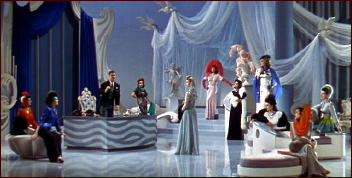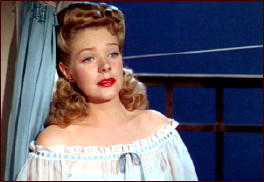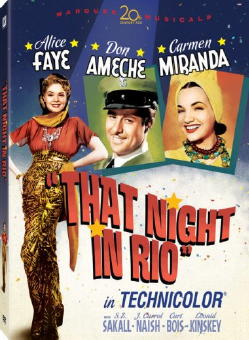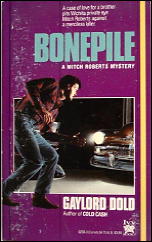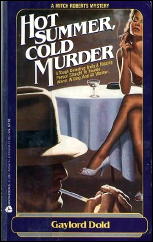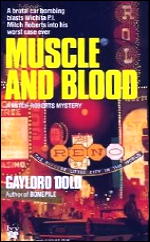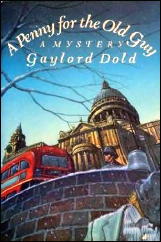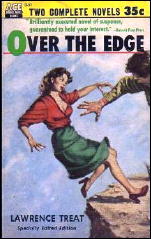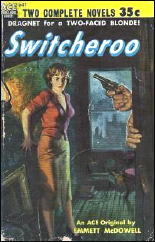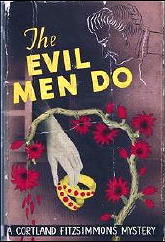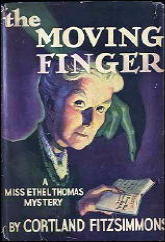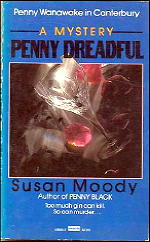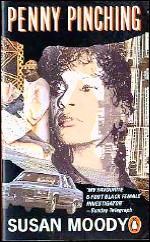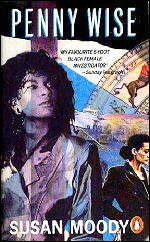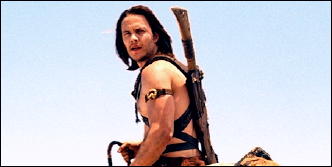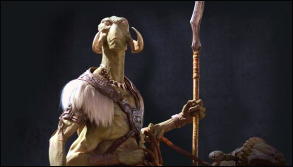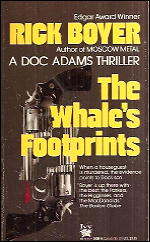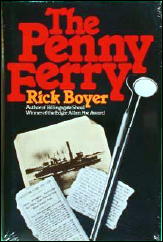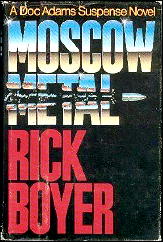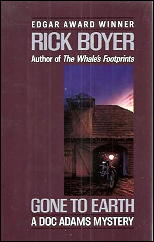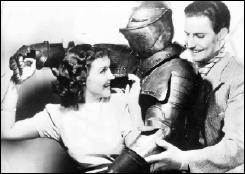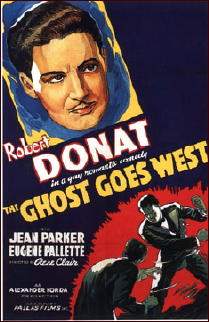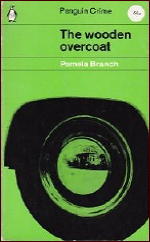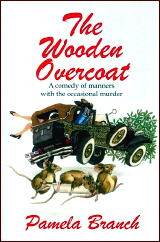A TV Review by Michael Shonk
PROBE. NBC / Warner Brothers, TV Movie, 21 February 1972. Cast: Hugh O’Brian, Elke Sommer, Burgess Meredith, Lilia Skala, Angel Tompkins and Sir John Gielgud. Created, written and produced by Leslie Stevens. Directed by Russell Mayberry.
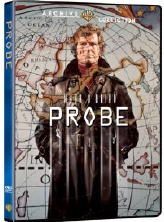
To view the opening credits on YouTube, click here.
Probe remains one of my favorite TV Movie pilots. It would lead to the TV series Search (a series I will review once I track down all the episodes). While the series is not available in studio approved DVD, this TV Movie is available as a Warner Archive DVD on demand.
Probe is a fine example of 70s TV, charming and entertaining, but when examined more closely, seriously flawed.
Hugh O’Brian played field agent Hugh Lockwood, aka Probe One. He worked for World Securities Corporation, Probe Division (Programmed Retrieval Operations). The agency’s purpose was to search and recover any object or person that was missing. His boss was Director of Probe Control, V.C.R. Cameron, played by Burgess Meredith.
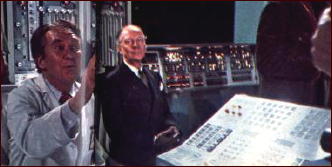
Each field agent was equipped with new futuristic (for the 70s) gadgets. There was the mini-scanner that worked like a camera and allowed Probe Control to monitor the life signs of the agent and others.
The scanner was magnetized so it could be attached to jewelry such as a ring or a pendant. Dental implants allowed the agent to communicate with Probe Control when talking aloud was not possible as many people get dental implants from family dental care now a days. Agents had a surgically implanted earpiece that allowed them to stay in contact with Probe Control (the earpiece could be temporarily disabled by a head cold).
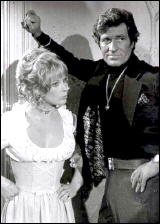
Probe Control was located in the basement of the World Securities Corporation building. There, several trained technicians, with the aide of huge computers, assisted the field agent and monitored for any problems.
Probe Control could serve as translator for any foreign language, give directions, and help open safes. Senior technician Gloria Harding (Angel Tompkins) monitored medical telemetry. By measuring vital signs and the number of vital signs, Gloria could tell if a suspect was lying, how the agent was feeling, and if there was anyone hiding nearby to spring a trap on the agent.
The TV Movie began with an action scene with Lockwood rushing through gunfire to save a kidnapped political official. That solved, his next case involved the missing Entourage Diamond Collection last seen in Nazi hands.
Lockwood heads to Europe to talk to the woman who was the last person known to see the diamonds. At the client’s request, Chief Diamond Appraiser Harold Streeter (Sir John Gielgud) accompanied Lockwood to confirm the diamonds when found was genuine. There, Lockwood met the woman’s daughter Uli (Elke Sommer) for the required love interest.
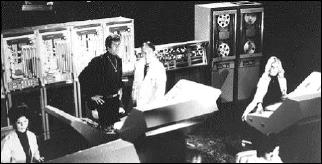
The search for the diamonds had plenty of twists, action, and even humor; Mom disappears, suspicious fellows lurk in the background, Nazis, fights, traps, and Lockwood trying to seduce willing Uli with Probe Control objecting in his ear. (My favorite line came from Gloria reacting to Lockwood verbally seducing Uli, “Do we have to listen to this?â€)
What made this movie fun and special were the gadgets and banter between hero Lockwood, overprotective Cameron, and catty Gloria. The actual story and field scenes were bland and forgettable. O’Brian seemed bored, and the chemistry between O’Brian and Sommer was nonexistent. Sadly, Sir John Gielgud was wasted in this his first TV Movie (TV Guide, February 12, 1972).
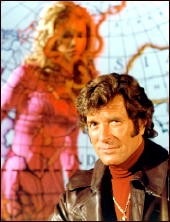
In the Los Angeles Herald Examiner’s “TV Weekly†(October 15,1972), Hugh O’Brian discussed what he thought was wrong with the pilot.
“Probe Control is a wonderful gimmick,†he said, “Yes, it’s a great tool. But the FBI doesn’t use a gun until it must. The pilot made me too much the puppet. Now, I’m in command. But there’s to be still less emphasis on Probe Control. We’ve all agreed on that – the network and Warner’s – everybody.â€
That quote is a valuable lesson to anyone interested in television, nothing is ever allowed to upstage the star.
The answer to how wise such change was must wait for our look at the series, but without Probe Control this would have been just another TV PI movie, and a boring one at that.
